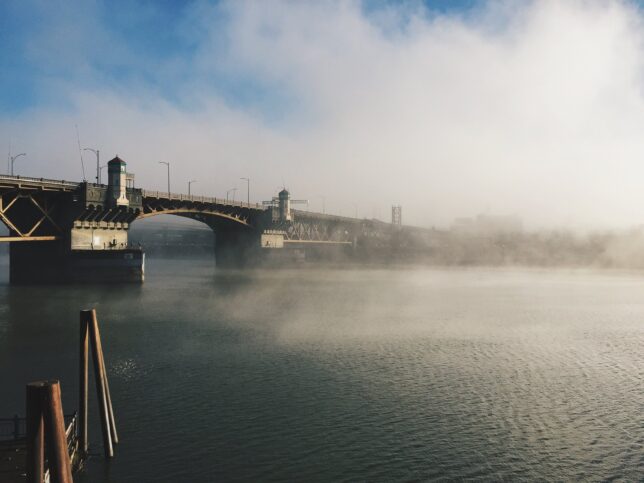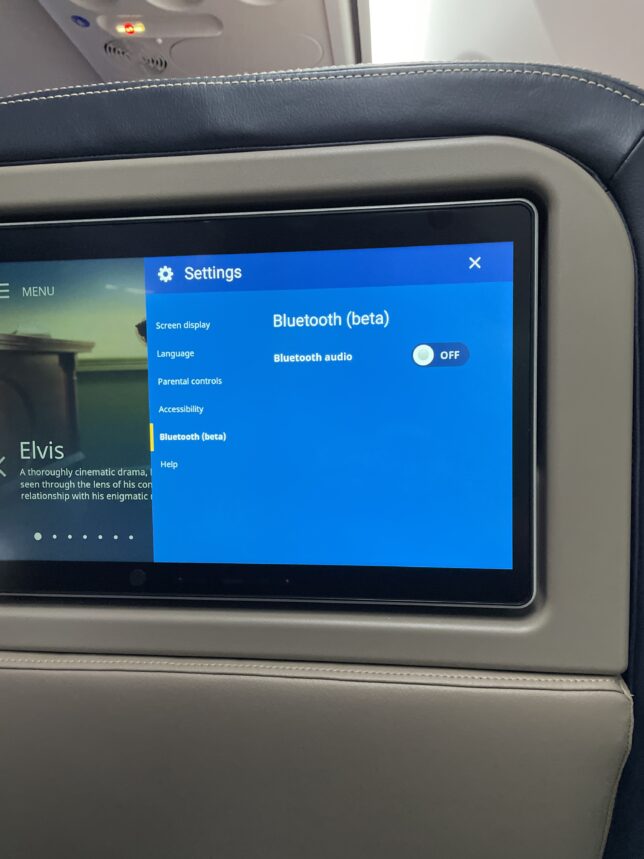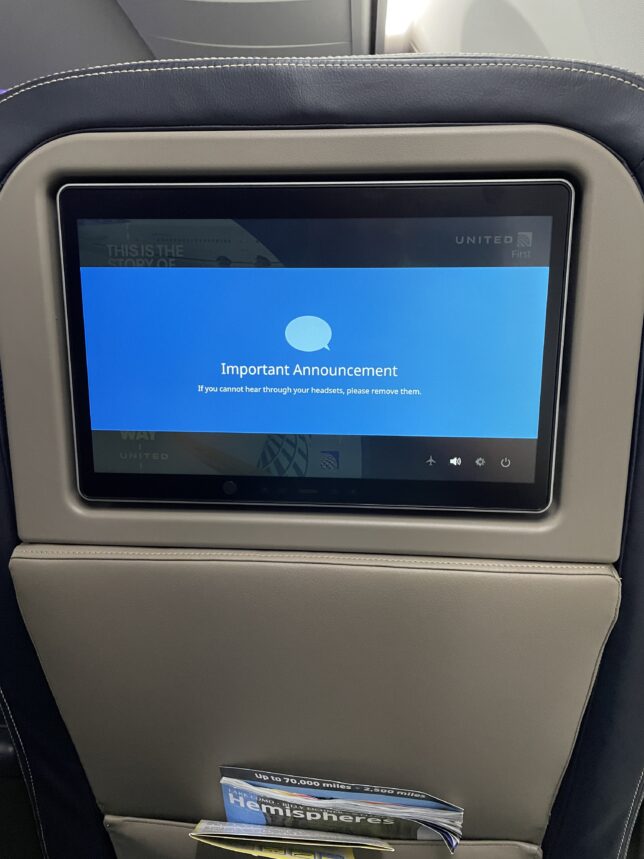When Uber first entered the ridesharing market I was working in New York City and my coworkers used a rather expensive car service that we would call a day before our trip and arrange an airport dropoff. The rates to and from the airport were flat so regardless of traffic we paid a single fare and could tip if we so desired. The cars were nice and the drivers were friendly. Uber showed up at a time when different coworkers were having to go to different parts of the city and it was not longer possible to always ride together. We could arrange a car shortly before needing to leave and would usually end up in a black town car, just as if we were utilizing the black car service directly.
Over the years Lyft came on the scene and I preferred them mostly because they were a little more affordable when compared with Uber and I could schedule a pick-up in advance. There were some cases where Uber was the only option, particularly in parts of Europe, and I would use them when needed. Around 2018-2019 airports started having to change their pick-up policies because they were inundated with ridesharing cars clogging up the normal lines. A lot of airports moved pick-up areas to parking garages and in 2019, LAX launched LAX-it, where travelers needing a rideshare or a cab would take a shuttle to an offsite location to get their ride. All of this was done to try and reduce traffic around terminals but it had the knock-on effect of making rideshare pick up from airports less convenient.
During my last five or six trips to and from the airport here in Portland I have noticed that Lyft has been less reliable, more delayed, and more expensive. I’ve had a couple of instances where I scheduled a pick up from my house at a certain time only to have the driver changed multiple times by the Lyft algorithm and eventually show up 15 minutes late. When getting picked up from PDX I can request a ride while getting off the plane, walk to the pick-up area, and still wait 10-15 minutes for my ride to show up. Sure it’s a still a bit cheaper than Uber and probably $10 cheaper than a cab, but those 10-15 minute delays add up and after a long flight, I just want to get home. Sometimes even the cheapest Lyft is ridiculously priced. A recent trip from the San Diego airport to my hotel was $54 for a 4-mile ride in light traffic.
I don’t know if the PDX pick up issues are due to a lack of drivers or if it’s because of the newish configuration of the return to airport lane. For the latter drivers now have to make a long loop to get back to the airport and it involves waiting at a light. For the former, all I have is anecdotal evidence but it does feel like there are fewer drivers at the airport. Top this off with travel being back near 2019 levels and ridesharing just isn’t what it used to be.
So, where I can, I am giving up ridesharing. When going to PDX or returning home from PDX I am going to arrange for a car service. Supporting a local business that pays their employees like employees and picks me up on-time is more important than saving a couple of bucks. Remotely I will try to take cabs as much as I can but I know that there will be times when a Lyft or Uber makes more sense. What about you, have your experiences with ridesharing services been as bad as mine? Are you wanting to switch to something else? Why or why not?




